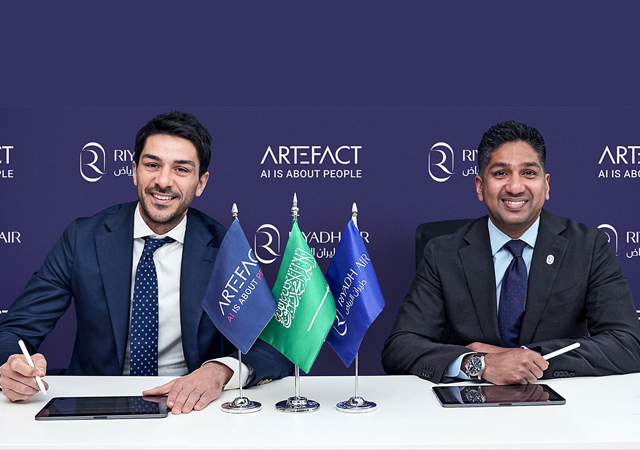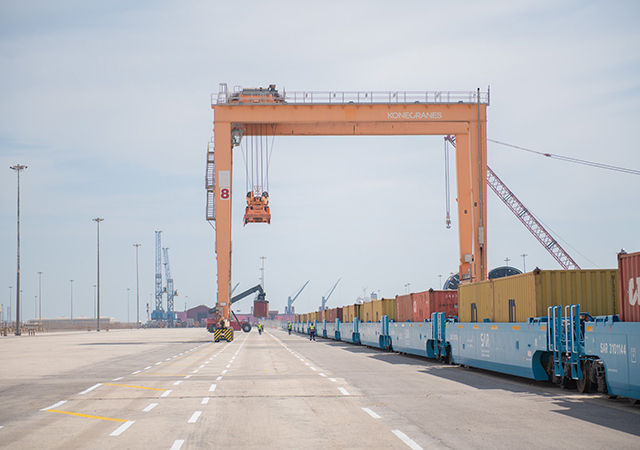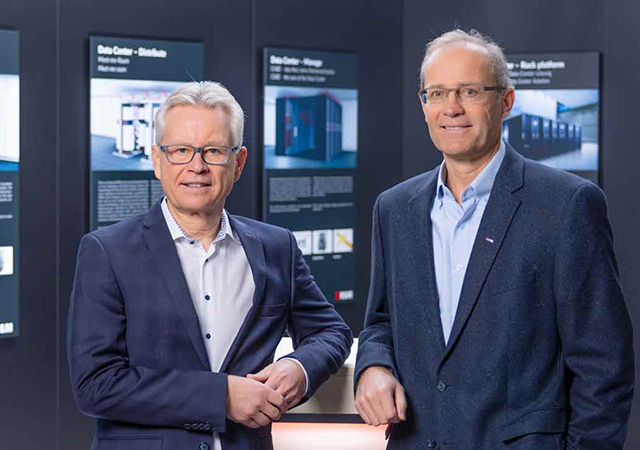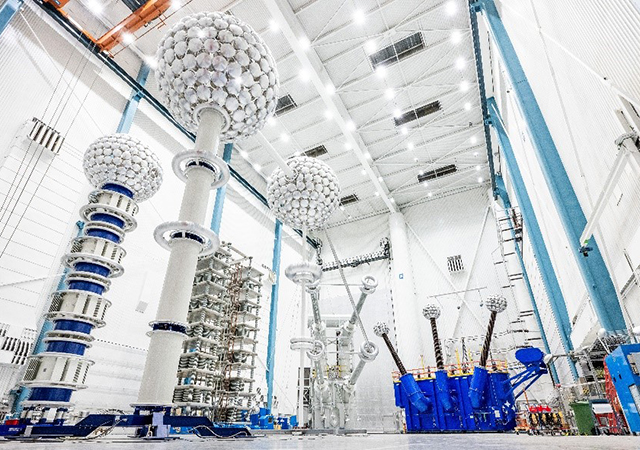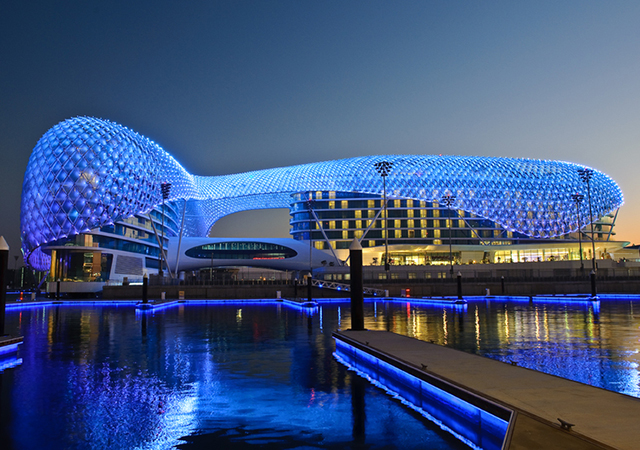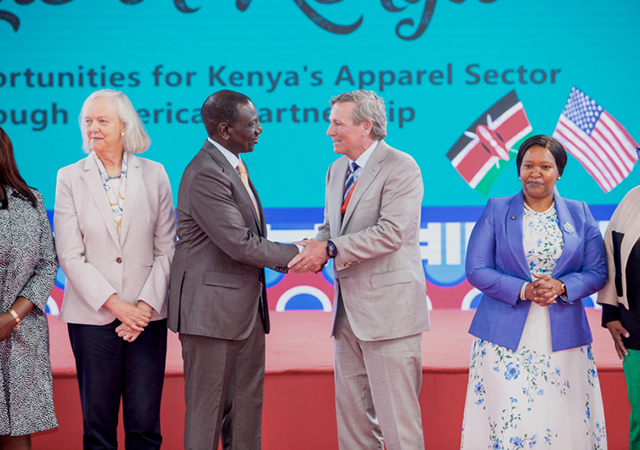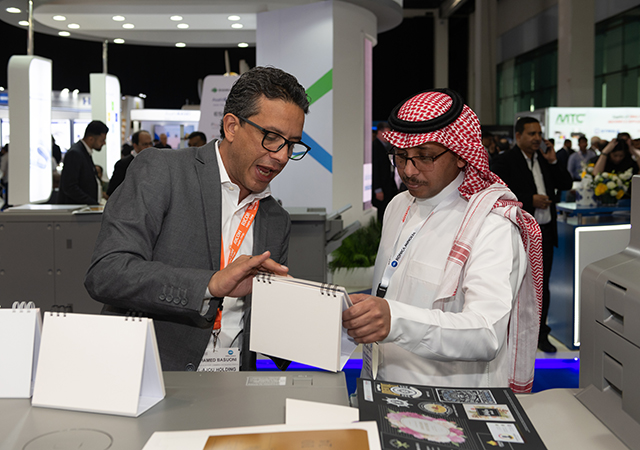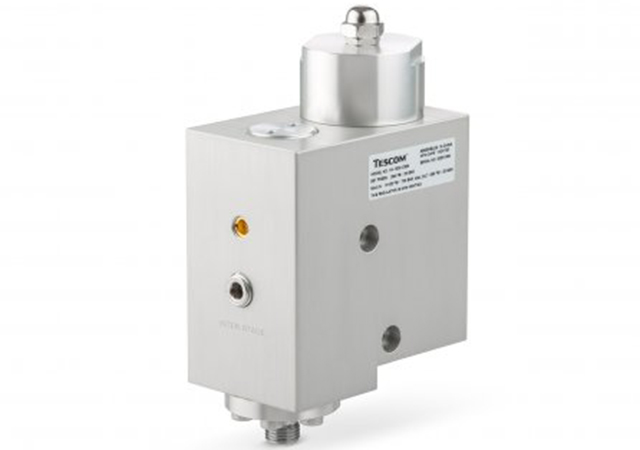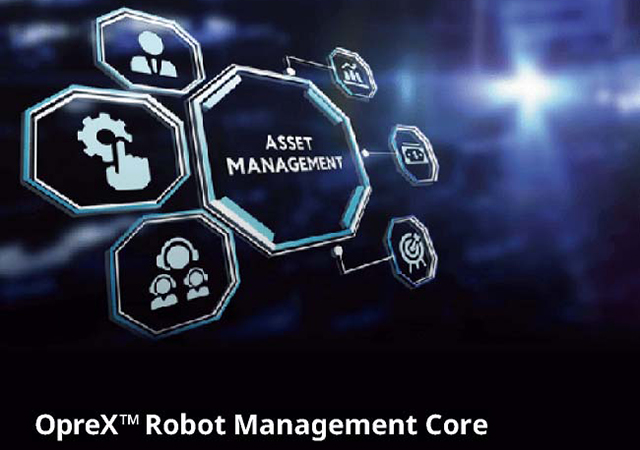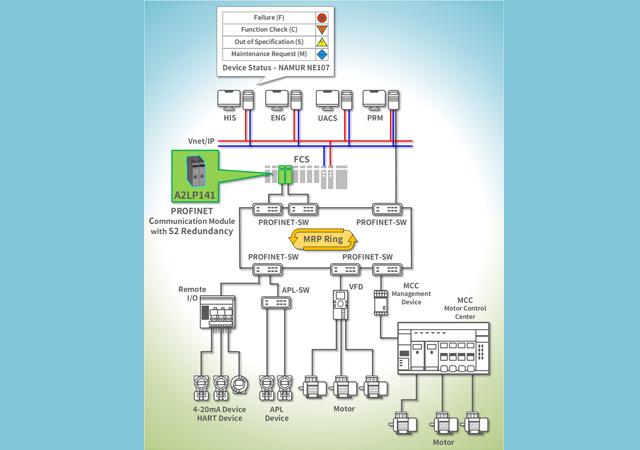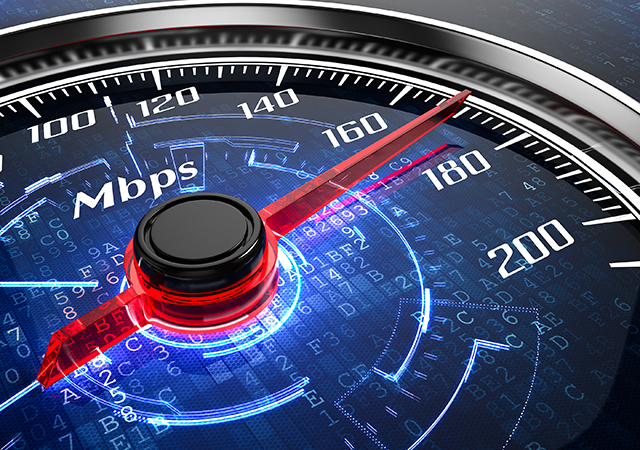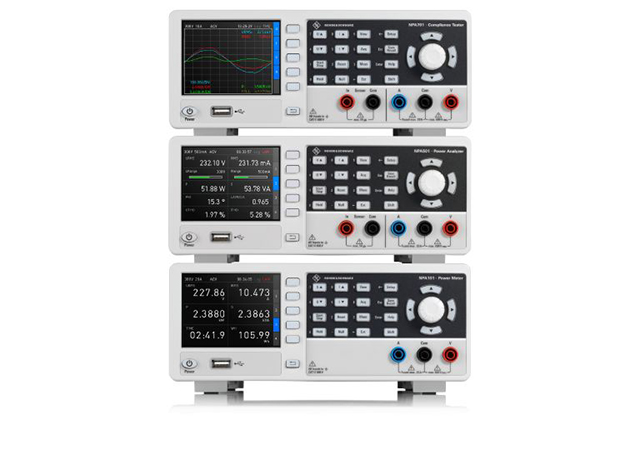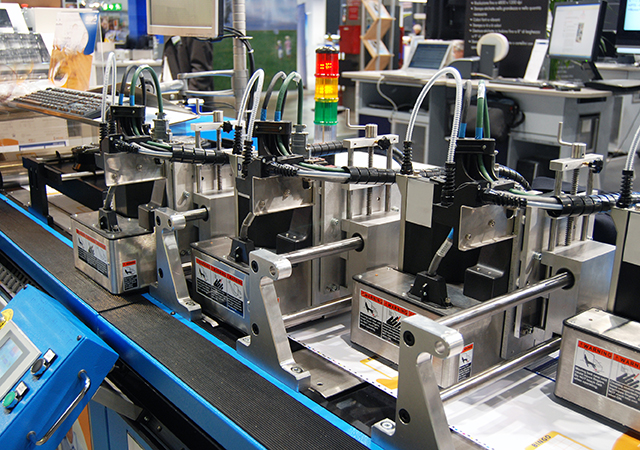

The global plastic food packaging market size was valued at $57.39 billion in 2023 and is projected to surpass around $83.83 billion by 2032, a study published by Towards Packaging a sister firm of Precedence Research.
Food packaging is a coordinated system that prepares food for transit, distribution, storage, retailing, and eventual consumption by the end users while maintaining optimal cost efficiency.
It is essential in modern civilization because it allows for the safe and efficient handling and distribution of commercially prepared foods.
Poor packaging is responsible for more than 25 per cent of worldwide food waste, according to the World Packaging Organisation (WPO).
Plastics are commonly used in food packaging due to their versatility and adaptability for a variety of purposes.
Plastic materials are chosen for specialised food packaging depending on their ability to meet the desired use criteria.
Different plastics have unique features that cater to certain packaging requirements, ranging from barrier properties to moisture, oxygen, and light resistance.
Properties and applications for the most regularly used plastics in food packaging. Each plastic material is chosen for its ability to perform well within the constraints of the packaging application.
Factors influencing the selection process include the type of food being packaged, the intended shelf life, transportation conditions, and regulatory requirements.
Understanding the qualities and applications of various plastics allows packaging professionals to make more educated decisions, assuring the safety, quality, and integrity of packaged food products.
By using proper plastic materials, the food packaging business may improve product protection, lengthen shelf life, reduce food waste, and ultimately contribute to a more sustainable and efficient food supply chain.
For Instance, in December 2023, Novolex, a pioneer in packaging choice, innovation, and sustainability, is launching food packaging containers that are both recyclable and include at least 10 per cent post-consumer recycled (PCR) material.
PLASTIC FOOD PACKAGING MARKET TRENDS
•Plastic food packaging is versatile and convenient, making it ideal for a wide range of food goods such as fresh produce, dairy, meat, seafood, snacks, and beverages.
•Plastic food packaging extends the shelf life of perishable foods by acting as an excellent barrier against moisture, air, light, and pathogens.
•Advances in plastic food packaging technology have resulted in new solutions that improve product protection, functionality, and sustainability.
•Plastic food packaging enables adapting and branding to differentiate items and build brand identification.
ASIA-PACIFIC'S LEADERSHIP IN PLASTIC FOOD PACKAGING INNOVATION
The Asia-Pacific (APAC)region is leading the shift to a circular economy for plastic food packaging, with China and India being key players in this effort. China produces over half of the world's plastic, accounting for 52 per cent of the total.
The region is also home to some of the world's largest plastic producers, leading to policies like banning specific plastic products to reduce plastic pollution.
India's packaging industry, the fifth-largest in the country, is expanding rapidly and contributing significantly to the economy. India's packaging industry has spurred innovation and technological development, benefiting various manufacturing sectors.
China is the world's largest plastic producer, with 32 per cent of the world's plastic materials produced coming from the country.Other Asian nations, such as Japan, make up about 3 per cent of the world's plastic manufacturing.
The APAC region's dominance in plastic manufacturing presents an opportunity to promote sustainable practices in plastic packaging, with programs ranging from consumer awareness to technology innovations.
IMPACT OF PLASTIC FOOD PACKAGING ON DAILY LIFE IN NORTH AMERICA
North America is the second-most plastic-using region globally, with plastic being the primary material due to its affordability, versatility, and lightweight design. It makes up around 21 per cent of the containers and packaging sector in North America.
However, plastic poses serious environmental risks, particularly in end-of-life situations. The disposal of plastic waste poses significant threats to wildlife and ecosystems.
Smart plastic packaging materials and bioplastics, which come from renewable resources and can be composted or biodegraded, are being explored as alternatives. These materials use cutting-edge technology to improve sustainability and functionality, such as active food preservation solutions and intelligent sensors for freshness monitoring.
The environmental impact of plastic packaging is crucial, as it is predicted to account for 20 per cent of global oil use by 2050.
Addressing these issues requires embracing creative ideas and substitute materials, promoting a more sustainable approach to food packaging in North America and beyond.
In January 2024, Apex Plastics, a US manufacturer, was purchased by plastic blow moulder Container Services (CSI) for a sum not revealed.
PLASTIC FOOD PACKAGING MARKET
Demand: Food products have been wrapped in plastics have an extended shelf life and securely preserved because the material gives strong protection towards pollutants humidity, sunlight, and air.
Restraint: Deterioration of the environment and contamination with plastic are being identified as concerns with food packaging made from plastic.
Opportunity: To create cutting-edge materials and technology for environmentally friendly plastic food packaging, research and development is now ongoing. While fulfilling environmental and performance requirements, bio-based and recycled plastics, as well as cutting-edge recycling technologies, present viable substitutes for conventional plastics.
INNOVATIONS IN PET PACKAGING FOR FOOD AND BEVERAGE INDUSTRY
Polyethylene terephthalate (PET) is a lightweight, semi-rigid to rigid material used in food packaging for various products such as soft drinks, sports drinks, water bottles, condiments, vitamins, vegetable oil, and peanut butter containers.
Its impact resistance and corrosion resistance make it dependable and safe for packaging. PET bottles have a developed post-consumer collection system, with 80 per cent of generated garbage being collected, and only 2.5 per cent repurposing. This recycling and reuse method contributes to the sustainability of PET packaging.
Recycled PET (rPET) pellets are a viable product for food-grade bottle applications, as PET bottles contain a significant amount of food and beverages. This reduces trash and environmental impact, demonstrating the potential for the PET packaging sector to become more sustainable and circular.
Quinn's Orbital food packaging solution uses 100 per cent recycled PET material, which has been approved by the European Food Safety Authority for use in food packaging applications. This approach demonstrates the potential of PET in maximising resource efficiency and reducing waste.
ESSENTIAL ROLE OF PLASTIC BAGS AND POUCHES IN FOOD PACKAGING
The two most popular products in the plastic food packaging market are bags and pouches. Oil, coal, or natural gas-based plastics are essential in packaging, found in various forms such as bottles, jars, trays, sacks, wraps, pouches, bags, and boxes.
Plastics have replaced traditional materials like steel, wood, and glass due to their affordability and versatility.
Specialty packages, such as retract pouches and trays, aseptic packages, modified environment packages, frozen and oven-proof packages, active and smart packaging solutions, and aseptic packages, have useful features for food preparation and preservation.
Pouches are completely enclosed packaging made of co-extruded structures, monolayers, or multi-layered laminates, designed to separate products.
They are widely used in various food industries for packaging processed and fresh meats, dairy products, frozen vegetables, dry bakery goods, coffee, tea, candies, snacks, dry powders, prepared meals, sauces, cereals, and pet foods.
Common pouch styles include fill-through spout pouches, stand-up pouches, and side-gusseted pouches. Specialty pouches like dual-compartment pouches allow for mixing.
In October 2022, PPC Flexible Packaging LLC, a leading manufacturer of personalised flexible packaging, announced the acquisition of Plastic Packaging Technologies.
PLASTIC FOOD PACKAGING IN BAKERY AND CONFECTIONERY INDUSTRY
The industry that uses plastic food packaging the most is the bakery and confectionery sector, which is where these packaging solutions are most commonly used.
The production of baked goods has been steadily increasing in India, and it is now the largest part of the processed food industry.
Over three million tonnes of bakery goods are produced annually, with production estimates ranging from 0.44 million tonnes to 11 million tonnes.
Packaging is essential for manufacturing, preservation, storage, shipping, and marketing, accounting for 10 per cent to 25 per cent of overall packing expenditure.
Biscuits are typically packaged using flexible laminates with unique properties like moisture and gas barrier, heat sealability, printability, and cost-effectiveness.
In response to changing market demands, bread packaging has switched to plastic films like PP, LDPE, and LLDPE-LDPE.
As environmental awareness and legal requirements grow, there is a trend towards the use of sustainable plastics, such as post-consumer recycled materials.
Cadbury, a brand of Mondelez International, introduced Twist Wrap packaging for its Duos line in January 2022, allowing customers to nibble on small portions of chocolate bars.
IMPROVING CONSUMER EXPERIENCE WITH SMART PLASTIC PACKAGING
Smart plastic in food packaging is the integration of advanced technology into plastic materials to enhance functionality and performance.
This technology allows packaging to interact with the environment, product, or user, resulting in increased food safety, longer shelf life, and a better consumer experience.
Smart plastic packaging systems can release antimicrobial chemicals, absorb oxygen to delay spoilage, and check product freshness using indicators like time-temperature sensors.
QR codes or RFID tags can improve traceability and authentication, allowing customers to learn about the product's origin, contents, and handling recommendations.
This technology ensures the quality, safety, and sustainability of packaged food goods while addressing consumer demands and preferences.
KEY PLAYERS AND COMPETITIVE DYNAMICS IN THE PLASTIC FOOD PACKAGING MARKET
The plastic food packaging market is dominated by established industry giants like Berry Global Group, Amcor Plc, Ball Corp, Sealed Air Corp, Mondi, Westrock, ITC, PepsiCo, Huhtamäki, Smurfit Kappa, and Sonoco, who compete with upstart direct-to-consumer firms using digital platforms.
Key competitive characteristics include product innovation, sustainable practices, and responsiveness to changing consumer tastes.
Berry Global emphasises ongoing research and innovation to meet food sector demands, focusing on novel materials, designs, and technologies.
For instance, the company acquired RPC Group for over $6.5 billion. PepsiCo aims to achieve 100 per cent recyclable, compostable, or biodegradable packaging by 2025, as part of its efforts to reduce environmental impact and advance the circular economy of plastics.
In March 2024, PepsiCo and its supply chain partners introduced a new premium snack packaging made 50 per cent of recycled plastic.


